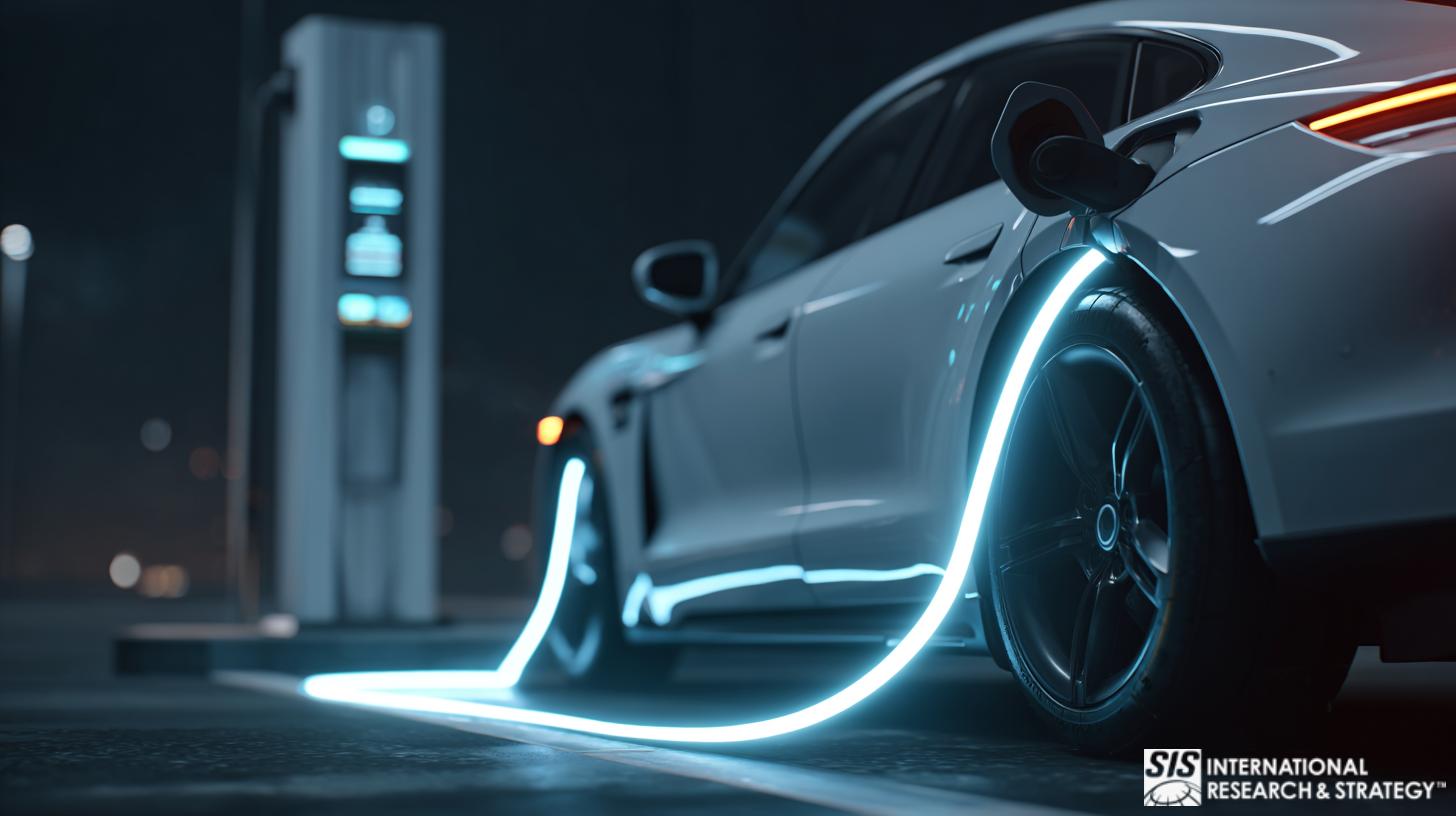
混合动力汽车和电动汽车(EV)之间存在重要区别。
Hybrid vehicles, such as the Toyota Prius line, are powered by both an electric engine and an Internal Combustion Engine (ICE), which is the traditional engine fueled by petrol or Diesel. Electric Vehicles (EVs), by definition, are powered by an electric engine only. A large number of battery cells deck the floor of an EV. The recharging of the battery is simply done by an electric plug, usually at the user’s home.
机遇与挑战
Most automotive manufacturers have completed their model line-up with Hybrids. However, only a few propose exclusively electric cars. The leader in terms of sales for the Current Year 2013 in the US EV segment is the Chevrolet Volt and the Nissan Leaf. Then comes the premium brand Tesla with its newly launched Model S. The volumes in the Hybrid segment are very different. The industry leader is considered Toyota, and its Prius line. The followers are Ford, with its Fusion Hybrid and C-Max Hybrid, and Hyundai Sonata.
The reasons behind the leadership in these segments are diverse and require a thorough industry analysis. However, one can easily assume that first-mover advantage plays a significant role in terms of branding, economies of scales and technology advantage. In fact, Toyota was the first to launch hybrid versions and is still on top of that market. In the same way, Nissan and Chevrolet were pioneers in the mass market EV in 2009/10 and still hold a leadership position.
由于竞争水平和汽车制造商的广泛差异化尝试,销售量以及更准确地说是市场和细分市场的份额是该行业成功的关键衡量标准。
电动汽车监管
Regulation on C02 emission and gas consumption is a main reason that pushes manufacturers to develop and market low or zero emission vehicles. In a global industry, an increasing number of countries have adopted tax incentive schemes that favor the sales of hybrid and EV over traditional more fuel-consuming cars. For instance, France has Bonus/Malus scheme, where a cash amount is offered to the buyers of hybrid and EV vehicles. The same applies to Holland.
美国最近也采用了类似的汽车税收计划,但监管环境不那么严格。这种市场动态以及品牌周围可能产生的“光环效应”促使所有制造商推出混合动力或电动汽车车型。因此,更大的问题是制造商希望采用什么样的车型阵容策略。
客户洞察
Customers of hybrids and EVs are for most part environmentally conscious above 50 year old upper income class individuals. Thus, while it makes sense to offer a hybrid or EV family sedan or compact car for urban environment, this product strategy does not find rational for full size heavy duty trucks. Likewise, Ford offers hybrid and EV for the Fusion and the Focus respectively, but remains on ICE for its flagship F-150.
EVs and Hybrids are priced at a premium over similar ICE models with same equipment level. Manufacturers have performed extensive price vs. value analyses in order to find out what the premium would be that the customers are willing to pay to drive a low emission car.
对整个行业的影响尚不明确,因为电动汽车和混合动力汽车的销量仍然很小。然而,在细分市场层面,电动汽车和混合动力汽车的定价策略可以看作是针对非高端内燃机汽车细分市场的差异化策略。换句话说,日产或丰田等非高端品牌有可能将其混合动力汽车和电动汽车的价格定在与 Mini、宝马或奥迪相同的水平。凭借日产和丰田多年来积累的规模,生产混合动力汽车或电动汽车的边际成本已大大降低,从而为其混合动力汽车和电动汽车业务带来了更高的边际回报。



